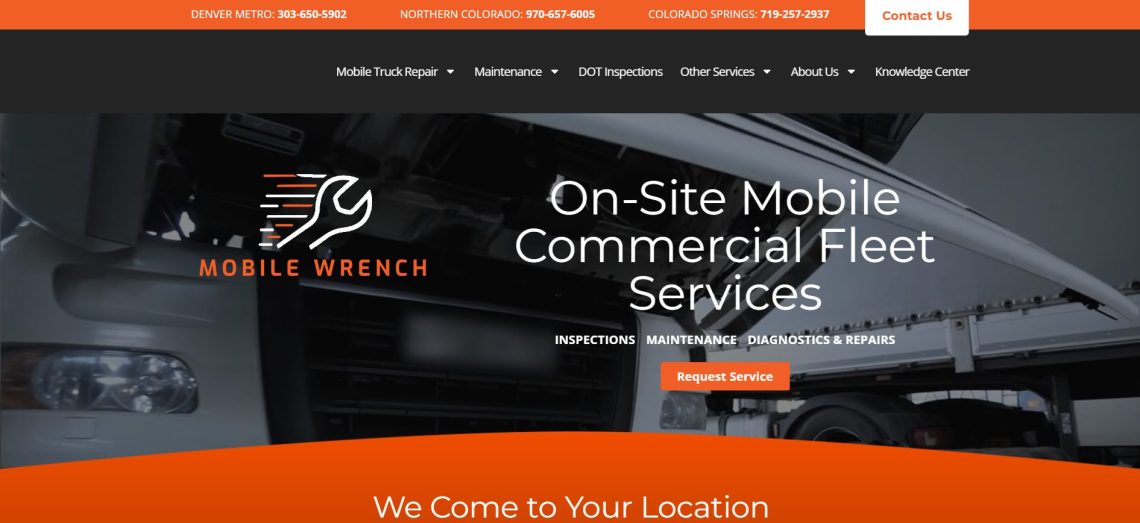AI Innovation

There are some amazing technology breakthroughs happening all around us. Have you heard of NotebookLM by Google? I added our two most recent blog posts into a Notebook and with the click of a button and a wait of about two to three minutes, I got this 10 minute podcast. Give it a listen: Want […]
How to Create a Conversion-Optimized Website

Your website is a critical tool in your marketing arsenal. We’ve seen firsthand how a well-optimized site can drive more traffic, generate leads, and ultimately convert visitors into loyal customers. But what makes a website truly conversion-optimized? Conversion rate optimization (CRO) is the process of enhancing your website to increase the percentage of visitors who […]
The Digital Marketing Strategies Every Business Owner Should Know

Last week I opened my mailbox and saw a blast from the past. It’s a phone book. An honest to god phone book. Well actually it is just the yellow pages. But still, I am fascinated. Businesses still pay to have ads in the yellow pages in 2024. This is a shotgun approach to marketing […]
10 Steps you Can Take to Leverage Technology as the Cost of Business Rises

As the cost of doing business continues to rise, competition is intensifying. How can you leverage technology to monitor what your competitors are doing so you can stay one step ahead? Monitoring competitors’ digital marketing strategies is one way to identify opportunities for improvement and differentiation. Here’s a step-by-step approach you can take (or hire […]
The Importance of Establishing Goals for Digital Marketing

As digital marketing undergoes a revolution of change (along with just about every other aspect of our world) with AI leading the way, establishing clear and measurable goals is critical to success. Without well-defined objectives, marketing efforts can become unfocused, inefficient, and ultimately ineffective. Oddly, many business owners and marketers skip this foundational step. Here’s […]
Unleashing the Power of AI in your SEO campaigns!

In the ever-evolving landscape of SEO, Artificial Intelligence is the game-changer we’ve all been waiting for! Used properly, it can streamline processes, generate templates and get your first draft ready. How AI Transforms SEO: Smart Content Creation: AI analyzes user behavior to create content that resonates, boosting engagement and SEO ranking. Predictive Analytics: Anticipate trends […]
Unlocking Success with Paid Search!

Ready to take your online presence to new heights? Dive into the world of Paid Search and supercharge your visibility! What is Paid Search? Paid Search, also known as Pay Per Click (PPC), is a targeted advertising strategy where you bid on keywords to have your ads appear at the top of search engine results. […]
Celebrating Innovation: EduCyber Launches WSArchitect.com and MobileWrenchFleet.com

We are thrilled to announce the launch of two cutting-edge sites that set a high standard for design: WSArchitect.com and MobileWrenchFleet.com. WSArchitect.com: Moving from a dated website to a contemporary site that shows the breadth of their work from small projects to large, from feasibility studies and planning to interior architecture and building architecture. The […]
Optimizing Paid Search Campaigns

Recently we’ve had several new customers with existing paid search campaigns come to us. As we have taken over these campaigns, we’ve come across a basic mistake that other providers make: failing to weed out negative keyword phrases. This is a pretty basic tenet that, when done diligently, helps ensure that your ads appear in […]
Connecting the Dots

Recently we have been using the phrase “helping businesses connect the dots” to their digital marketing. If you haven’t heard one of us talk about it, read on. Many small and medium-sized business owners know they need to do something with digital marketing. At a minimum, they need a website. At best they have both […]
